Throughout my time in Australia, I knew, somehow, someway, I had to experience something like this. Since visiting the Northern Territory a few months ago, I knew this was a story I needed to tell.
As you can see from my Australian Outback video, I barely talked about Aboriginal people, despite the fact that this had been their home for thousands of years.
It just didn’t seem authentic.
Throughout the tour from Alice Springs to Darwin, we would come across aboriginal paintings and didgeridoos being sold by natives to tourists, but the truth is, if it was up to them we wouldn’t be there.
I felt bad about that, and it made me think a lot about the Native Americans in the States and how they’ve been treated all these years. It’s a long, disheartening and complex story to tell, and one that has left many “first nations” and aboriginal people (around the world) in a difficult social and economic position.
This isn’t to say that Aboriginals aren’t without flaws themselves. Alcoholism and diabetes (too much sugar) are major issues within the community. Their lack of value for employment makes them unreliable. And their “community” centered history makes ambition and success less desirable because you’ll have more people coming around for their “owed” hand outs.
I find this all incredibly fascinating, because without the influence of outsiders (products, money, societal levels, etc.), none of these things would be an issue for them.
For all of these reasons, I wanted to come see something real for myself. In order to give an accurate depiction of life in Australia, it’s a video that I had to make. Whether they like it or not, the Aboriginal people are a huge part of Australian culture.
So, on one of my last few weeks in the country I made a connection in the city of Geraldton with someone who knew the principal of the Pia Wadjarri community school, Kevin McKenna. I called Kevin and told him my story and he immediately invited me out to stay with him for a few days.
My goal here wasn’t to intrude or disrupt, it was merely to observe, understand and learn more about a people who are often forgotten or leveraged for tourism here in Australia.
And the truth is, I had an amazing time.
While Pia Wadjarri itself wasn’t a thriving village that I hoped for, the teachers and students were incredibly warm and welcoming, and so were the few community members that I did meet.
As I mention in the video, it’s crazy to think that this far away, this remote, the ability to connect is only a matter of listening and opening up to new things.
The more I travel, the more I realize that all people all over the world are more similar than we are different. We all want and deserve to be treated equal, and we all want and deserve to be happy.

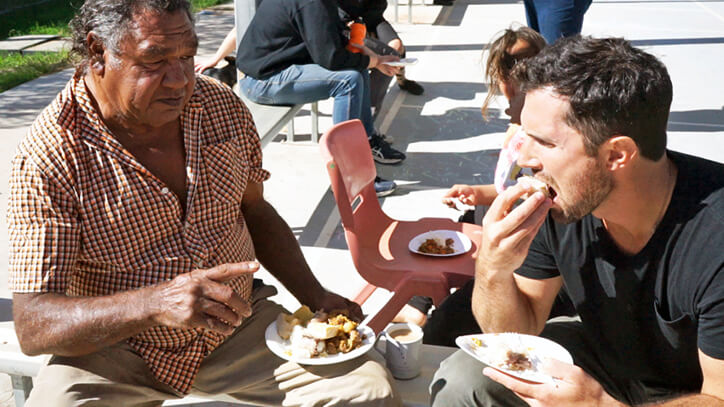
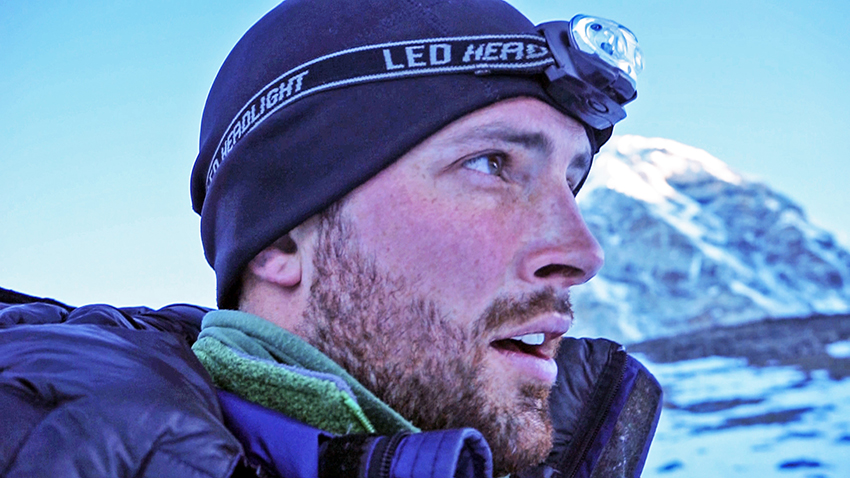
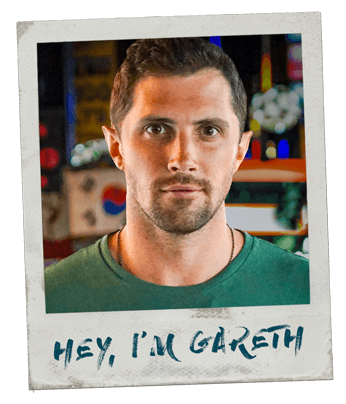

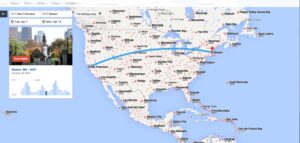
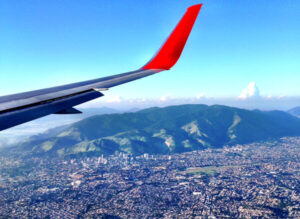
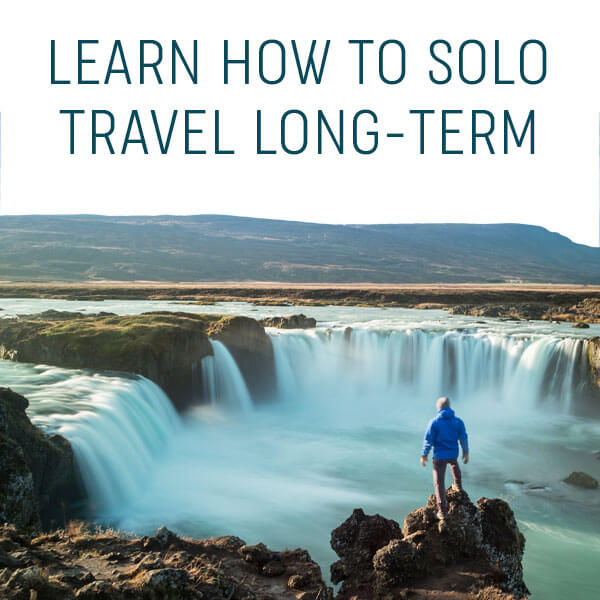
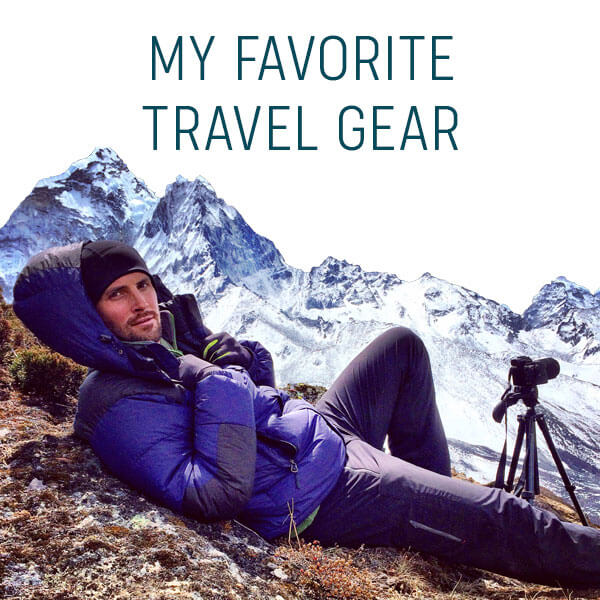
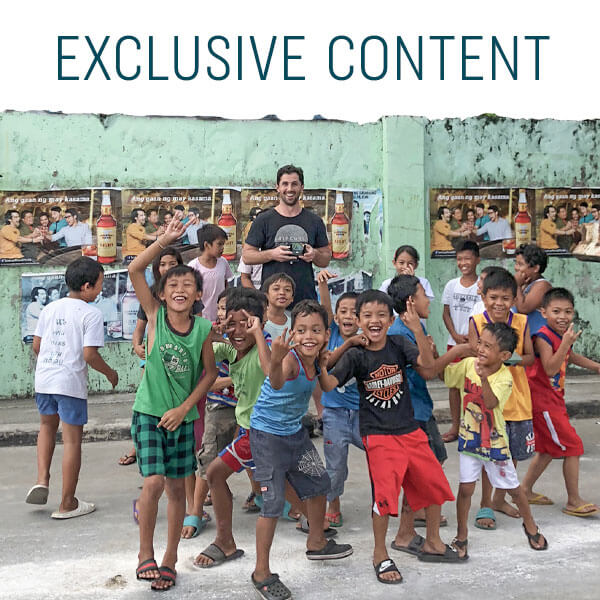
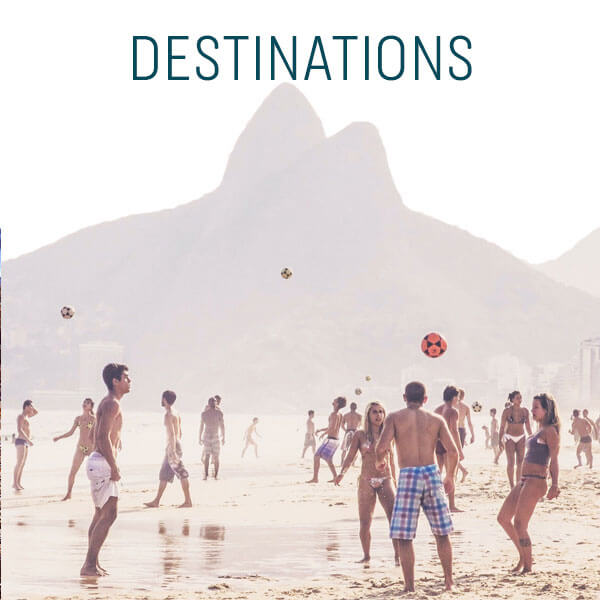
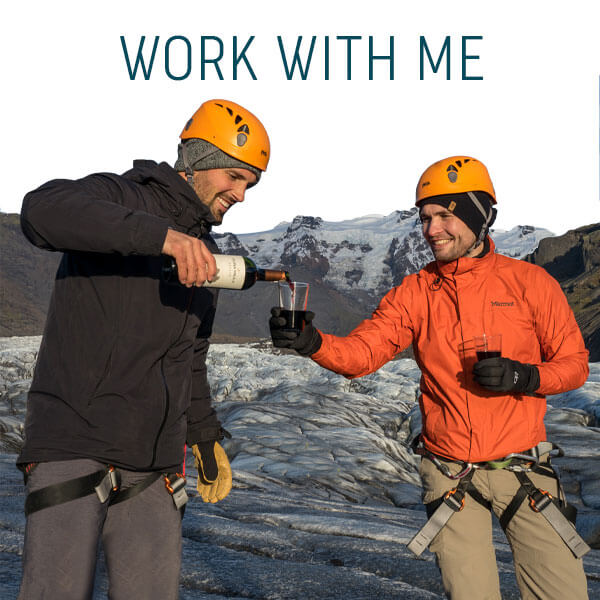
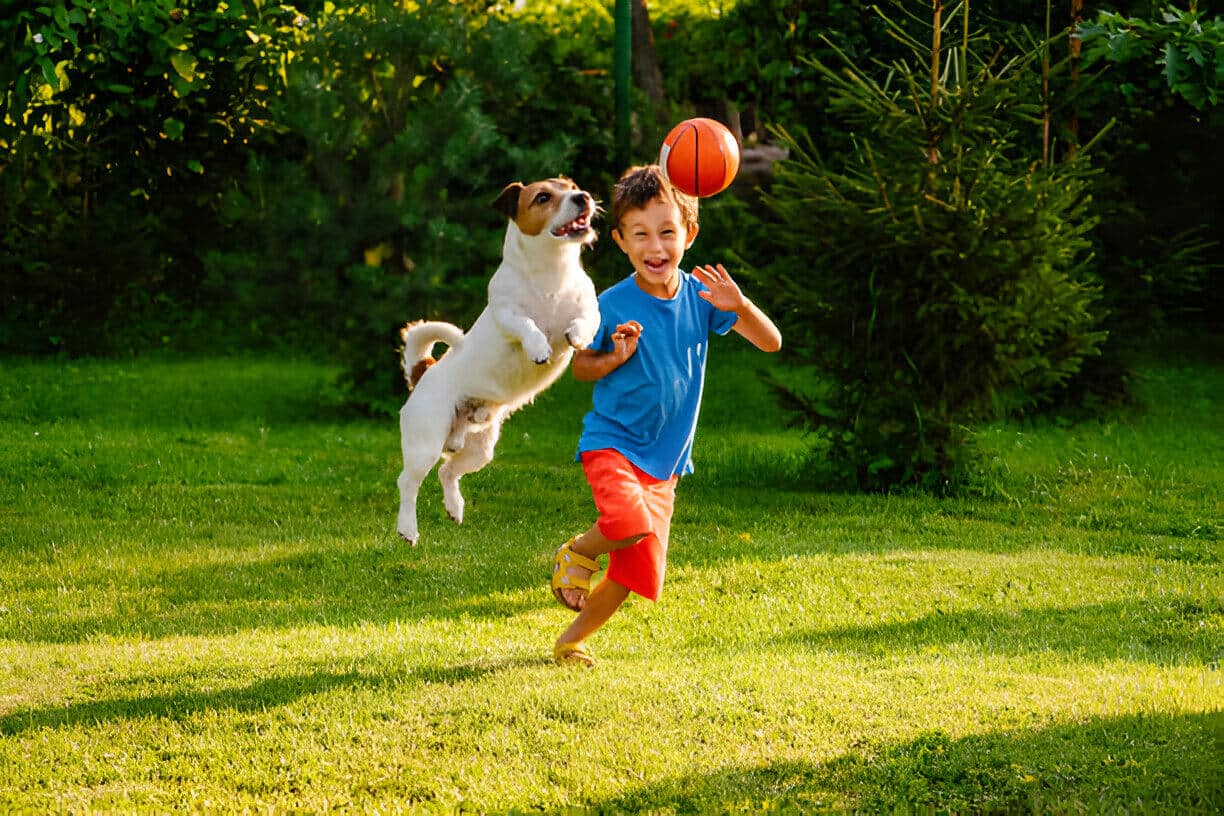
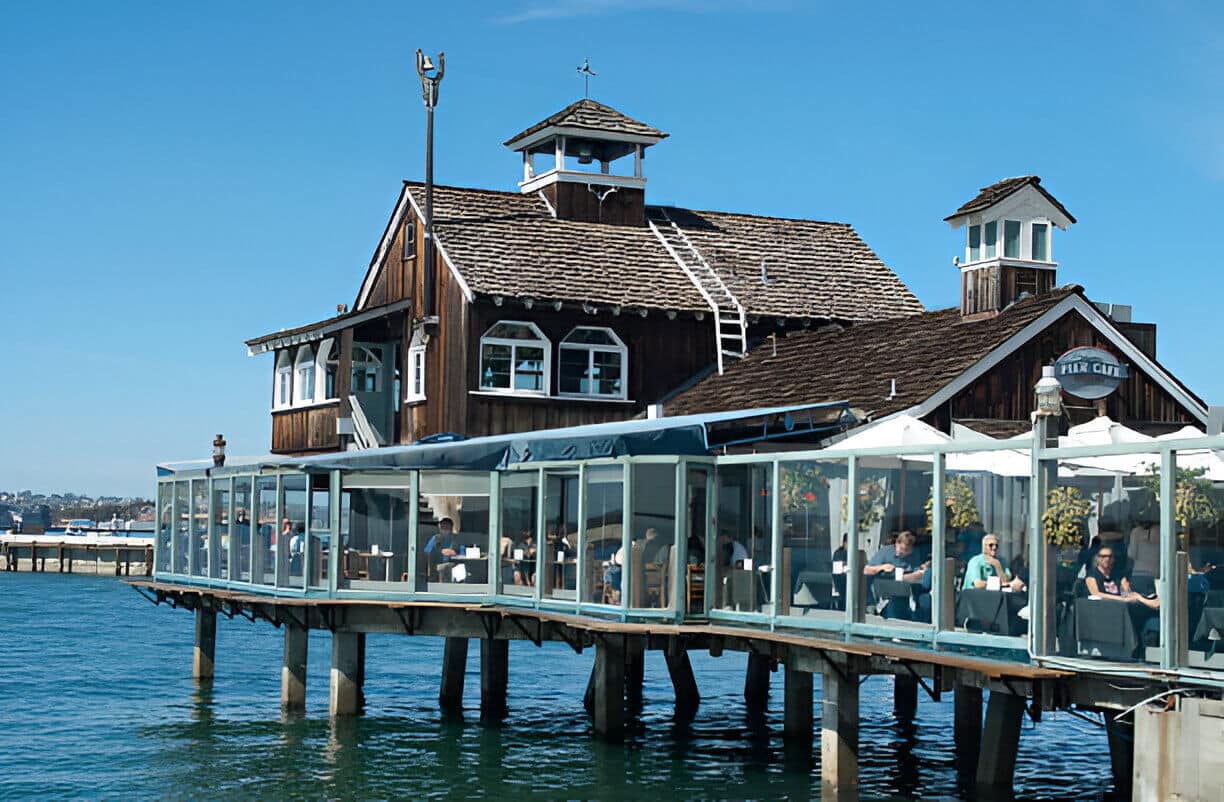


18 Responses
Great, it is looking so delicious and so interesting video you shared about it.
So tasty food and amazing content you shared.
Thats nice food of kangaroo with aboriginals
Great experience..i didnt know that kangoroo can be eaten hehe im curious about the taste. Thank u for sharing i love to read ur story
looking so delicious and so interesting video. Thank you so much for sharing it.
so awesome dish and very good information you shared about it.
Had the same realization with people like you. I’ve been travelling constantly and I found that people will generally answer your questions if you approach them the right way. And anyway, I consider it only good sense to be after all, I’m a visitor, doesn’t hurt to be polite. Great video, by the way, too!
http://www.davestravelpages.com/orini-nafpaktia (just left the my link here, hope that’s alright, kept getting error with the commentluv button, thanks!)
so awesome dish and very great information you shared about it. Thank you so much for sharing it.
Sad how the Aborigines were treated and are now … at least you got to connect with them in a genuine way though!
Great article!So tasty food and amazing content you shared.
Great, it is looking so delicious and so interesting video you shared about it. So tasty food and amazing article. Thank you so much for sharing it.
Amazing article! It’s great to see that they value travel bloggers and the importance of global citizenship! So stunning pic and videos you shared. Thank you so much for sharing it.
Indeed, people differ so much from one country to another. I have visited 28 countries so far and I can’t say that I have met two people with the same mind. I would love to know more about your experience there, what you visited, what you ate (excepting Kangaroo) and any other impressions you made on this trip.
Wow I wonder how kangaroo meat taste. Ive always been a fan of exotic food.
such a wonderful share i really enjoyed it thanks for sharing your experience with us its amazing
such a great share thanks
Thats nice food of kangaroo with aboriginals